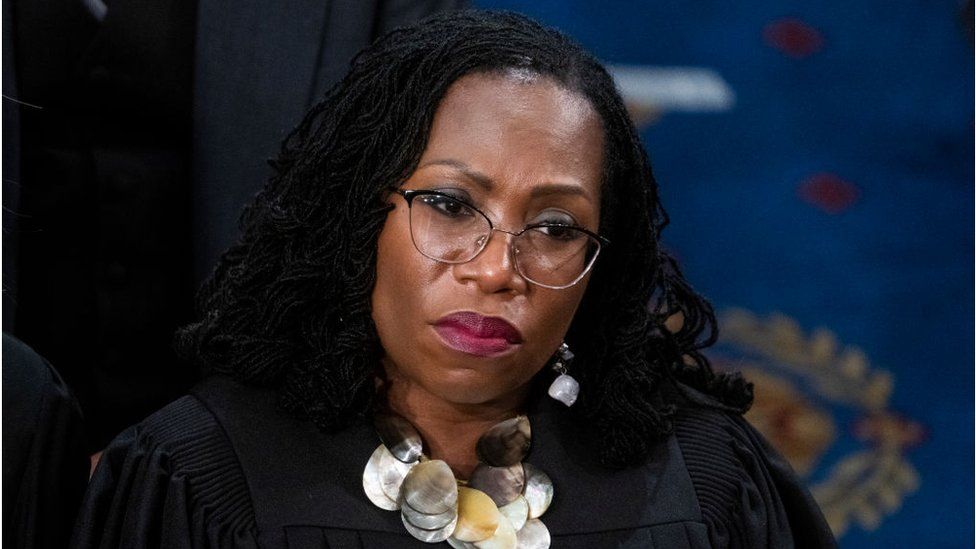According to a decision made by the US Supreme Court, American universities are not allowed to use applicants' race as a criterion for admission.
Once again, there is a clear ideological divide within the court. The decision was hailed by the six conservative justices who made up the majority as a step toward a more color-blind society in which pupils will be evaluated on their achievements rather than their race. The three liberals denounced the decision, claiming it disregarded the persistent reality of discrimination in America.
Every university in the US, public and private, is affected by the broad decision. The Ivy League schools, like Harvard, where tens of thousands of applicants compete for hundreds of spots each year, stand to be most impacted by the decision.
A 20-year-old legal precedent that universities could take race into account as part of a comprehensive effort to create a diverse student body was not explicitly overruled, the court said. Steve Vladeck, a law professor at the University of Texas, asserts that the impact will be equally important.
The verdict, he claims, "goes much further than the court really wants you to believe.". "It makes it essentially impossible for colleges and universities to continue taking race into account. ".
Chief Justice John Roberts drew a direct parallel between this opinion on college admissions and the famous court case Brown v. Board of Education from 1954, which put an end to segregation in education, in his majority opinion.
The chief justice wrote, "Eliminating racial discrimination means eliminating it all.
The University of North Carolina and Harvard's justifications for their policies, he claimed, were unfocused, discriminatory, and based on racial stereotypes. He asserted that universities could not have an open-ended timeline for addressing historical discrimination.
Asian-American students who claimed the university's admissions policy discriminated against them by undervaluing their academic success and excellent test scores filed the lawsuit against Harvard.
The chief justice concurred, writing that college admissions decisions must be made based on an applicant's experiences and personal qualifications.
Many universities have been doing the exact opposite for far too long, he wrote. "And in so doing, they have reached the incorrect conclusion that a person's skin color, rather than obstacles overcome, skills acquired, or lessons learned, should serve as the determinant of their identity. That option is not permissible given the history of our constitution. ".
It is yet another illustration of how a court is exercising its authority over significant social and political issues that have already been addressed by prior court precedent. Long-standing environmental and abortion protections were overturned by the court last year. At this point, the conservative justices focused on college admissions.
In two separate dissents that combined for nearly 100 pages, the three justices appointed by Democratic presidents denounced the verdicts.
In a society that is endemically segregated and in which race has always mattered and still matters, the decision "cements a superficial rule of colorblindness as a constitutional principle," according to Justice Sonia Sotomayor. It "rolls back decades of precedent and momentous progress," she warned.
Further, Justice Ketanji Brown Jackson, the first black woman to serve on the court, said: "Today, the majority pulls the ripcord and declares 'colourblindness for all' by legal decree. While race may not be relevant in life, it is in law. ".
She continued, "And having so distanced itself from this nation's actual past and present experiences, the court has now been persuaded into interfering with the crucial work that [the University of North Carolina] and other institutions of higher learning are doing to address America's real-world issues. ".
Even though the court's ruling is applicable to all American universities, nine states have already taken action to forbid race from being a factor in the admissions process for public colleges. Their outcomes might be a sign of the profound changes that are to come.
In California, for instance, "preferential treatment" based on race was outlawed in all government programs, including public education, 25 years ago.
Despite an immediate decline in minority representation across the University of California system, other strategies to broaden diversity have been successful. In comparison to before the affirmative-action ban went into effect, UCLA now admits a higher proportion of black and Hispanic students.
According to the Supreme Court's ruling, applicants may still mention their race and explain how it "affected his or her life, be it through discrimination, inspiration, or otherwise.". In order to create a diverse student body, universities may also find substitutes for race, such as economic hardship or place of origin.
However, depending on local politics and conservative laws being passed in Republican "red states" to forbid university diversity outreach and engagement programs that schools in California have used, universities may go about doing that in different ways depending on the state. This is the case even within the same country.
According to Mr. Vladeck, the truth is that affirmative action as we have known it is destroyed. However, it leaves open the possibility for colleges, particularly those in blue [liberal] states, to look for alternative strategies for achieving diversity in their student body and income classes. ".
But as of right now, any racial discrimination in a policy could result in a fresh lawsuit and additional difficulties for administrators at the university. That much is crystal clear from the court's ruling in this case.







